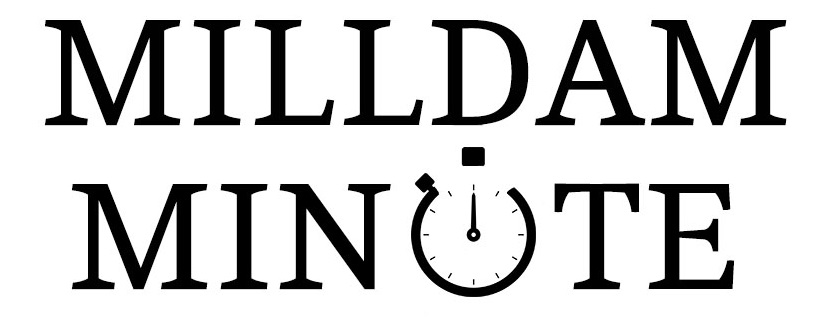Most companies understand the value of a successful press release. Quantifiable results can be seen in the number of press outlets that published the news, ran the release in its entirety, interviewed the contact to learn more, or incorporated its key points into a larger story. Crafting an informative release is one of the fundamental duties of a PR firm, but often minimized or forgotten is the next crucially important step: pitching.
Pitching a press release to the reporters that PR firms and their clients target is just as important as making sure that the release is well-written. It’s kind of like applying for a job: even if you have a fantastic resume that relates to the position, it won’t matter unless the company decides to read it. PR firms have to work carefully and deliberately to try and get reporters to actually read their clients’ press releases. All aspects of the media – reporters, journalists, analysts, broadcasters, etc. are deluged with press releases and pitches on a daily basis. Your pitch is one of the few ways to stand out in the crowd and can dramatically increase the chances that your press release will be read, which is why the seemingly small task of reaching out to a press outlet can make or break your success.
Crafting a pitch for reporters is as much art as it is science. However, some basic rules should always be followed. These are a few best practices that we use every day:
- Don’t Overlook The Subject Line
Your subject line is the first item a reporter is going to read to determine whether the news you’re pitching is worth learning more about. I like to think of the subject line as a “pitch within a pitch.” The subject of the email should contain the basic relevant information of the press release i.e. the name of the company and what they’re announcing. Highlight what is unique about the news in a few words to help generate interest. Avoid especially long subjects, overhyped language, and sneaky tricks like including RE, FWD, “Breaking” or “Exclusive,” flagging the email as high importance or requesting read receipts (you’re not the first to try, these tactics don’t work, and your efforts will turn a reporter off quickly).
- Be Concise
For all the same reasons that the subject line should be short, the body of your pitch should also be concise. A rambling pitch that forces a reporter to spend their valuable time sifting through the fluff to get to the point is rarely successful. Your pitch shouldn’t contain large amounts of background explaining the history of why the announcement is important. If the reporter or outlet is truly relevant to your news, they will likely not need to be spoon fed the extra information (and if you capture their interest, they can learn more in the release or through follow-up questions). Keep it simple: explain what your news is and why it’s important or unique in a few sentences. Keep in mind that the way you frame your pitch has a direct impact on how the reporter will cover the news – if you can softly make the case as to why the announcement should be a story, you’re helping the reporter as much as your client.
- Don’t Be Afraid to Personalize
It should go without saying that if you’ve developed relationships with members of the media, it’s perfectly fine to be a little more informal with your pitch. Remind them of a recent discussion you had related to your news and that this release provides details on the next steps or developments. Reporters talk to a lot of people, so it’s ok to jog their memory. That’s the type of extra value that your client is hoping to receive from your firm.
If you don’t have a close relationship with a reporter, you should still try to personalize your pitch in a professional manner. For instance, look up individual reporter’s name and contact information. Don’t simply blast your news to a Bcc’d distribution list – if you treat your news like spam when you present it to reporters, they will likely respond in kind. Just don’t go overboard. If you don’t have a close relationship with a reporter, don’t force one by asking intrusive personal questions or faking common interests.
- Do Your Homework
Your press release is only relevant to the right reporter. Take some time to research the reporters that you’ve identified as potentially receptive to your pitch. Most importantly, look at what they’ve recently been writing about. No matter how interesting, if a reporter just published a similar story to your news, chances are they won’t want to run another piece that broadcasts the same information. Unless your release adds something new to the conversation, you should probably skip that reporter for the time being. If nothing else, you can still pitch them and acknowledge that they wrote on a similar subject recently, but also let them know that your client is available as an additional resource for follow-up on the topic in the future. If your news is related to a recent story but still has distinct differences, make sure to reference that story and explain what or how your news adds to the discussion.
[twocol_one]
Remember to tailor your pitch for each news outlet as well. Perhaps your press release has applications for a variety of different industries. Simply cutting and pasting the same pitch to outlets that cover different topics or doing the Bcc’d email method referenced above won’t result in a successful pitch. At best, your pitch will be so broad and generic that the reporter likely won’t understand how your news relates to their coverage. At worst, you’ll likely demonstrate that you’re too lazy to put in the basic research work expected of any good PR firm. Your pitch needs to show the different impacts it has for each industry to be of value. A publication that covers renewable energy doesn’t want to spend time reading a pitch about technology (and vice versa), even if your news has applications for both.
Generating interest in your client’s news is no small task. While crafting a press release can take a great amount of time and energy, don’t let it go to waste by sending it to the media in a substandard pitch. Take the time to write a compelling email using these basic best practices. Ultimately, both your client and the reporters you’re trying to develop relationships with will appreciate the extra effort.
 Brendon Stellman authors the column “Pure BS” and is Vice President, Director of Client Relations for Milldam Public Relations.
Brendon Stellman authors the column “Pure BS” and is Vice President, Director of Client Relations for Milldam Public Relations.
[/twocol_one]
[twocol_one_last]
[box type=”info” style=”rounded” border=”full”]Want to get a press release out and pitched?
Let us know.[/box]
* These fields are required.
[/twocol_one_last]




